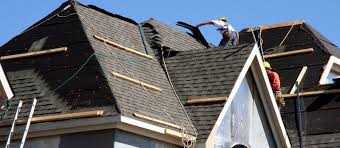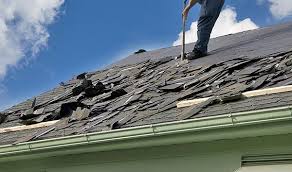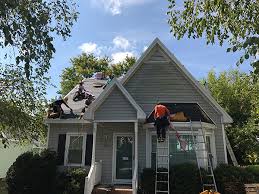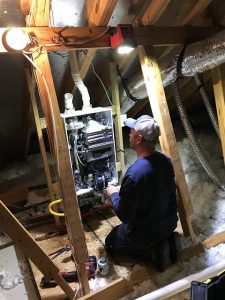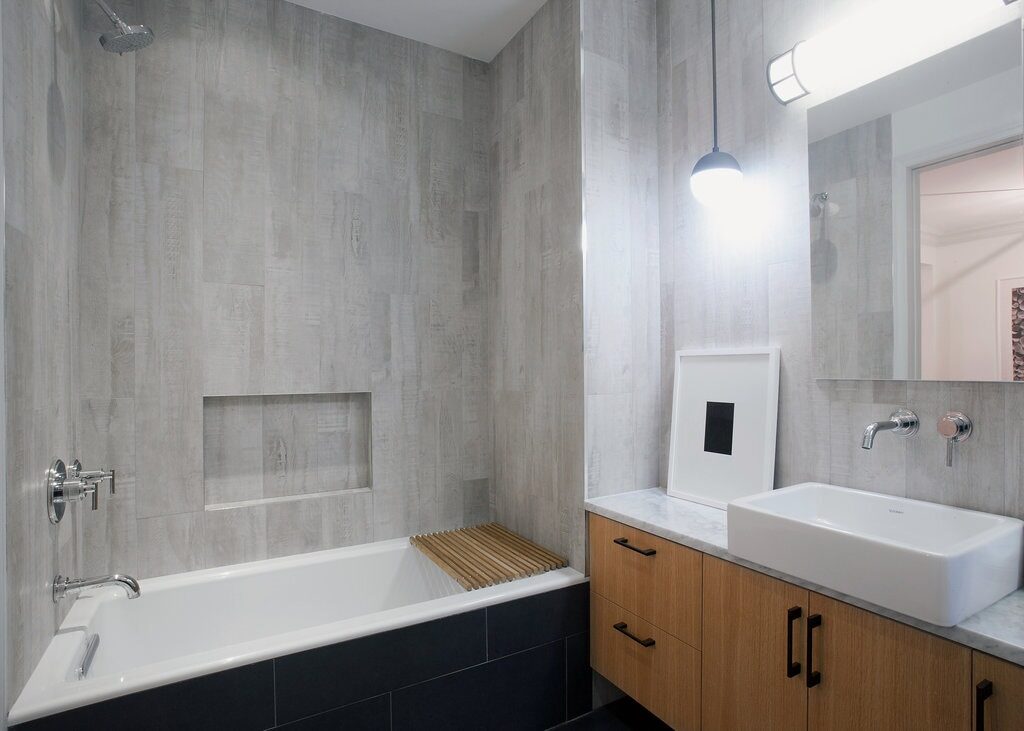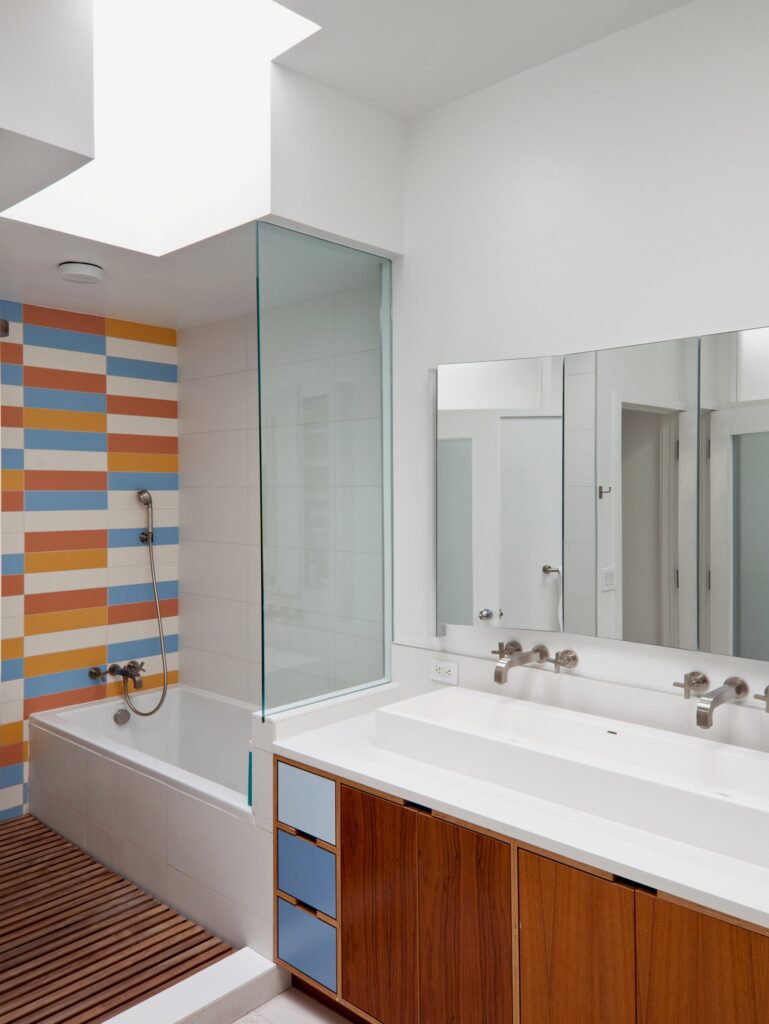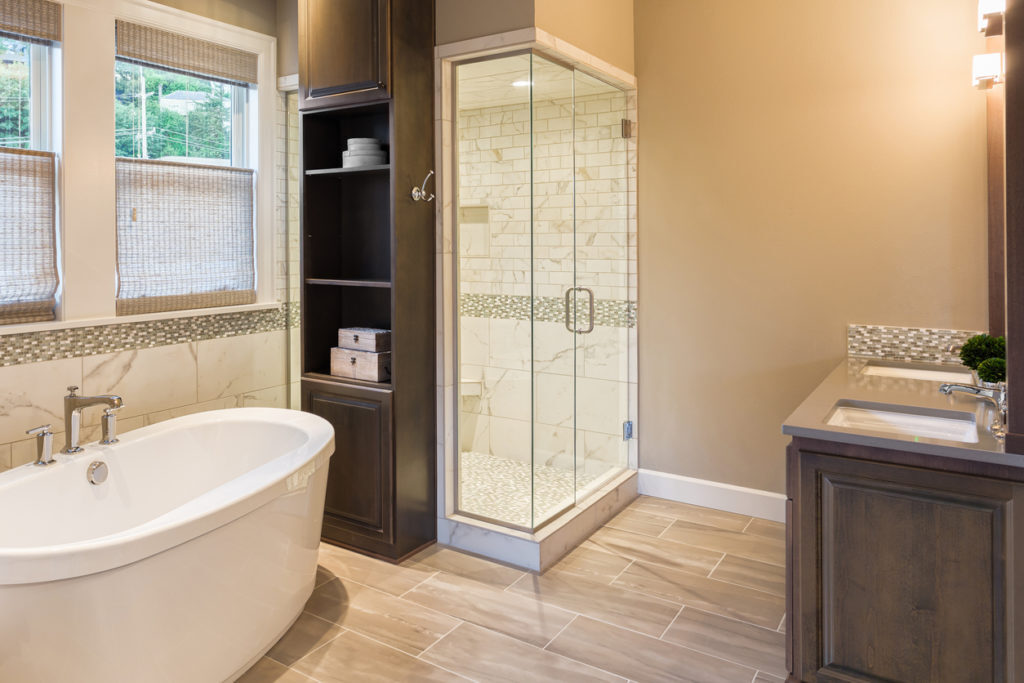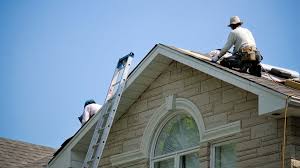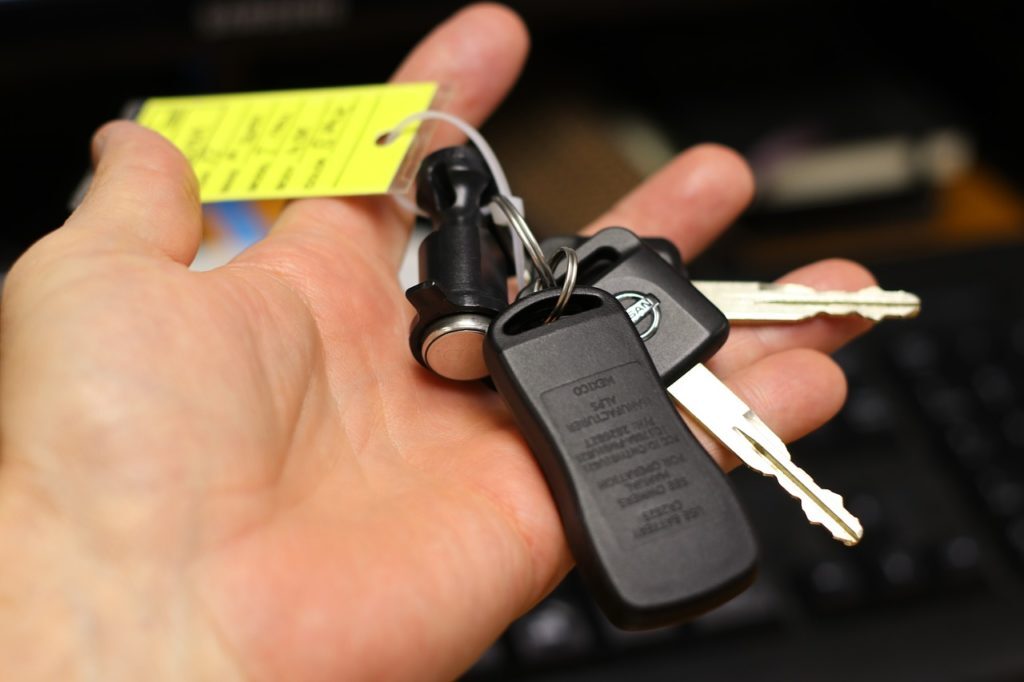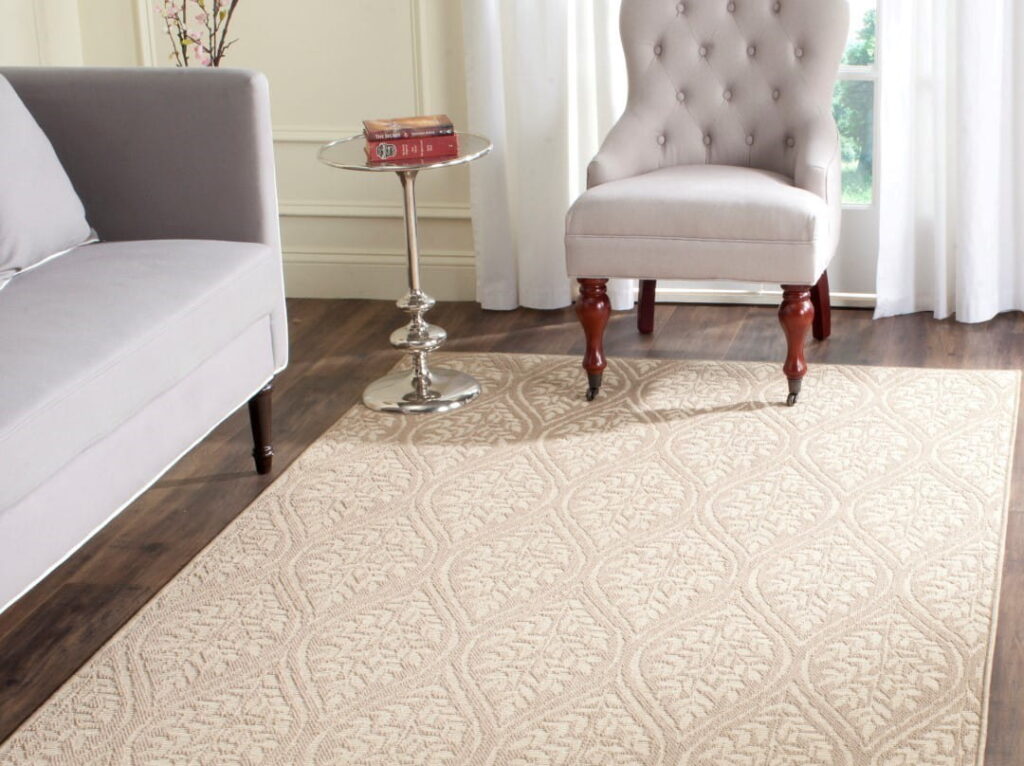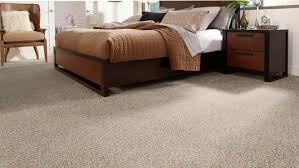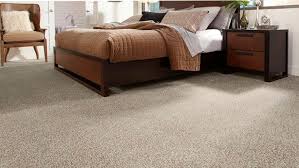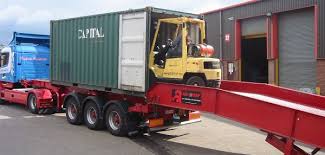Best Home Builder
dedicated to making certain that every home that we make is built with hardware, precision, dedication, and quality. We also are dedicated to making certain that we uphold our value of communication so that you know that the process from beginning to end it is always going to be centered around making certain that you know what is going on. After all, you are the boss of the project, so we need always make certain that we are medication with you so that we know that we are doing things according to your standards and so that you know that we are doing things right.
break the homebuilding that process up into four steps. The first is the free consultation, in which we will decide on your budget, identify your drivers, and determine the factors. The second step is the preconstruction phase, in which we will select an architect, define the project, identify potential issues, and analyze cost impacts. The third stage is the construction phase, in which will actually build a home, landscaping, the driveway, etc. The fourth stage is the closeout, in which will take some professional photographs, walk you through the home, and schedule some follow-up appointments
follow up with you after the home has been completed so that we can make certain that everything is still going well and that we didn’t make any mistakes. This also is a great opportunity for you to rest assured that you will have opportunities to talk to us and show us things that you might have questions about. Of course, you can always call us if you need to. There is no need to wait for one of the follow-up appointments.
The first step is a consultation, which is a free process in which you are going to be able to work with us to decide on your budget, identify your drivers, and determine factors. The second step is the construction phase, in which we will be an architect, define the project, identify potential issues, analyze cost impacts, and more. The third step is the construction phase itself, in which we will the home itself, but if the driveway, did landscaping, etc. The fourth step is the closeout, in which will take special photography of the finished product, give you a final walk-through, and schedule some follow-up appointments so that we can check back in with you and see how you’re doing.

Home Show – Things To Know!
Signing up for a booth
If you have not registered for a Home Show booth and would like to – now is the time! In order to appear in the Home Show magazine you will need to be registered no later than Monday
Volunteering for the Home Show
We are lucky to have members that are willing to lend a helping hand and due to the size of the Home Show, we need a lot of hands. We have various opportunities to volunteer throughout the week of Home Show and would appreciate any assistance. On behalf of everyone at the we want to thank you in advance for volunteering your time during the Home Show.
Home Show Set-Up
If you have not received an email regarding set-up times, give us a call if you need to schedule dock time. Scheduling a dock time will create a smoother and productive set-up, making it easier for everybody
Home Show/Booth Etiquette
Making connections and talking to visitors is key in getting the most out of the Home Show. This is a non-selling show meaning no products can be sold AND no money or credit card information can be collected. Being present and available at the Home Show will be beneficial to you, being friendly and having inviting body language is what you and your booth staff should aim for

Building A New Home? Here Are Must Have’s
A new home can bring years of happiness, but regrets often surface once the project is done. There’s longing for more storage space and a laundry room near the bedrooms, for example. Sometimes, there are must-haves that aren’t completed or considered beforehand.
Insulation
Are you always too hot or cold? Ensure your walls are properly insulated. Proper insulation installation is expected from the insulation contractor’s bid. But some spots, such as rim joists between the first and second floor, are easily missed. If you needed to retrofit this aspect of your home it could cost you thousands later on.
Outlets And Cover Conduits
As flat-screen televisions become the norm, homes are changing to accommodate sleek, high-tech models. Often, that means hanging TVs on the wall. But who wants to see electrical and cable cords running down the wall to the entertainment system? If you want to avoid another costly wall project, plan for where cords and outlets will sit. A conduit is a pipe in the wall that lets homeowners keep cords out of sight.
Convenient Washer And Dryer
Laundry rooms often are located near water pipes and ducts, which is why so many of them are in basements or garages. Locating one near a second-floor bedroom requires access to that plumbing infrastructure. If you don’t build that in the first time, you may be in for a large project later on.
Heating And Cooling
Heating, ventilation and air conditioning are essential to comfort in your home. If built right the first time, with an eye toward energy-efficiency, it can be a boon to your wallet, as well. Badly or incorrectly installed HVAC may mean, at least, a chilly house in the winter and an inconsistently cooled house in the summer. At worst, it may mean high energy bills, carbon dioxide being pulled into your home or worse.
Home Builder is doing too well for our own good
The government’s $670 million HomeBuilder package has been so successful that capacity constraints now risk leaving consumers out of pocket and developers and builders with failed sales.
Luckily, the solution is pretty simple: just extend some of the very tight deadlines the scheme has set for signing the contract, titling the new blocks and starting construction.
HomeBuilder was introduced in June to prevent a looming collapse in housing construction. For those who met the criteria, in income and project size, the program offered $25,000 towards a new home or a major renovation – if the contract was signed by December 31 and if construction started within three months.
At the time, I argued that the money would be better spent on social and affordable housing. But the aim was to have an immediate impact on a fast-evaporating industry and, with the strong multiplier in construction, on the broader economy.
Its promoters knew that nothing motivates housing consumers more than a big bag of government money, and, coupled with state-based incentives, it can be a very big bag.
Home Builder Registration
All home builders who build homes must be registered with the Consumer Protection Division before they enter into a contract with a consumer for the construction or sale of a new home
This page outlines the major provisions of the Home Builder Registration Act and should answer most questions regarding who must register, procedures for registering, and information that registered builders must include in their contracts and advertisements.
Application Fees: Applicants to register as a home builder, or to renew a home builder registration, must pay a non-refundable application fee at time of application, as follows:
Initial registration: $800
Renewal registration: . 10 or fewer permits preceding year: $400 . 11 to 74 permits preceding year: $800 . 75 or more permits preceding year: $1,200
Guaranty Fund Administrative Fee paid by builders who build only in County: $250
Sales Representative registration: $300
Who must register as a home builder?
The Act requires persons to register who build new homes or who enter into contracts to sell new homes to consumers. Some builders have a single legal entity that both builds the home and sells it to the consumer. For such a builder, that single legal entity will have to register as a home builder. Other builders have one legal entity construct the home and a separate legal entity sell it. For such a builder, both legal entities will have to register as a home builder.
There are six important types of legal entities or people who do NOT have to register under the Act. They are:
(i) an employee of a registrant who does not hold himself or herself out for hire in home building except as an employee of a registrant;
(ii) subcontractors or other vendors hired by the registrant to perform services or supply materials for the construction of a new home who do not otherwise meet the requirements of the Act;
(iii) the manufacturer of industrialized buildings intended for residential use or of mobile homes, unless the manufacturer also installs the industrialized buildings or mobile homes;
(iv) a real estate developer who does not construct or sell homes;
(v) a financial institution that lends funds for the construction or purchase of residential dwellings in the State; or
(vi) a person who erects or constructs new homes solely in County.
